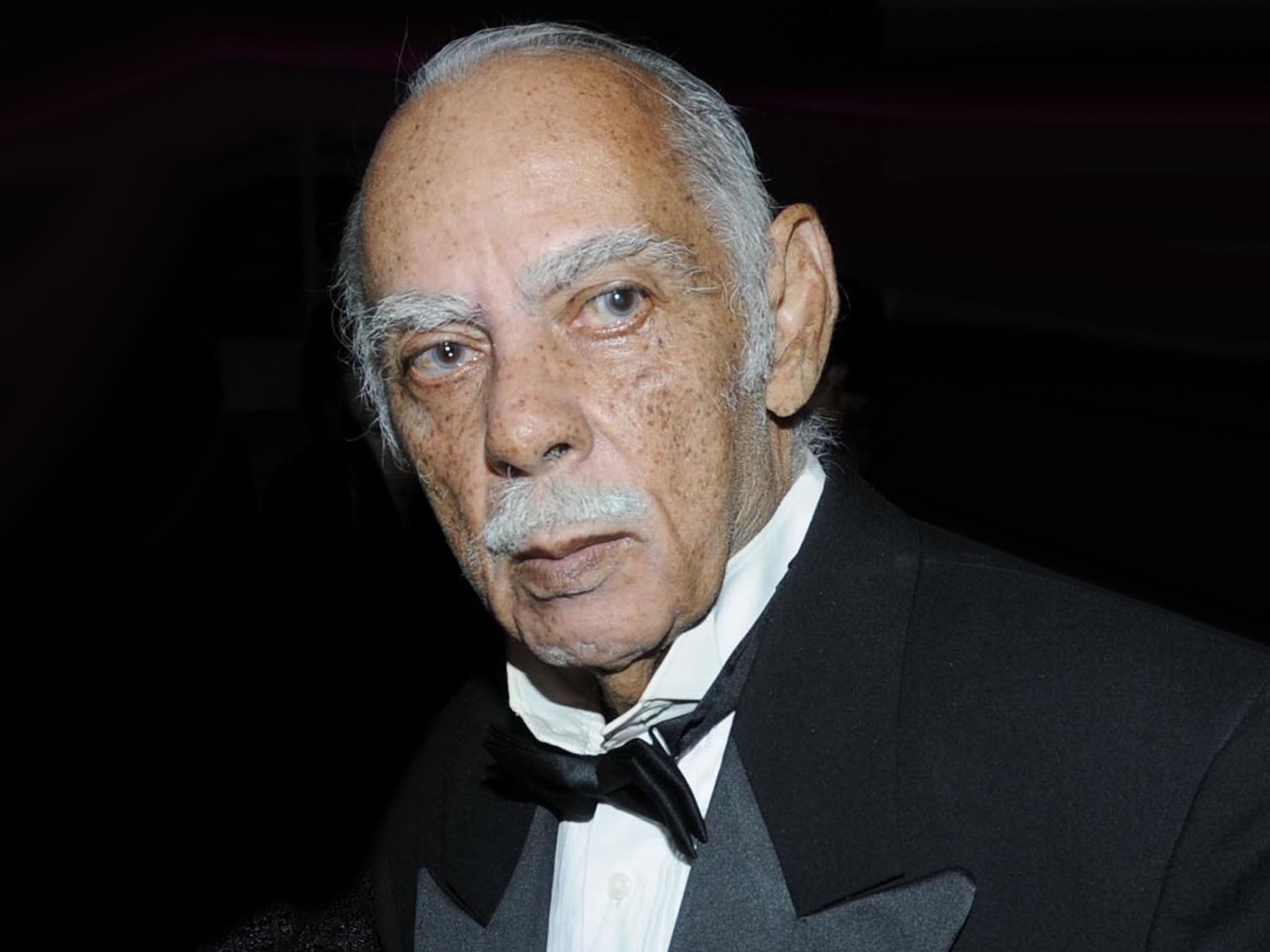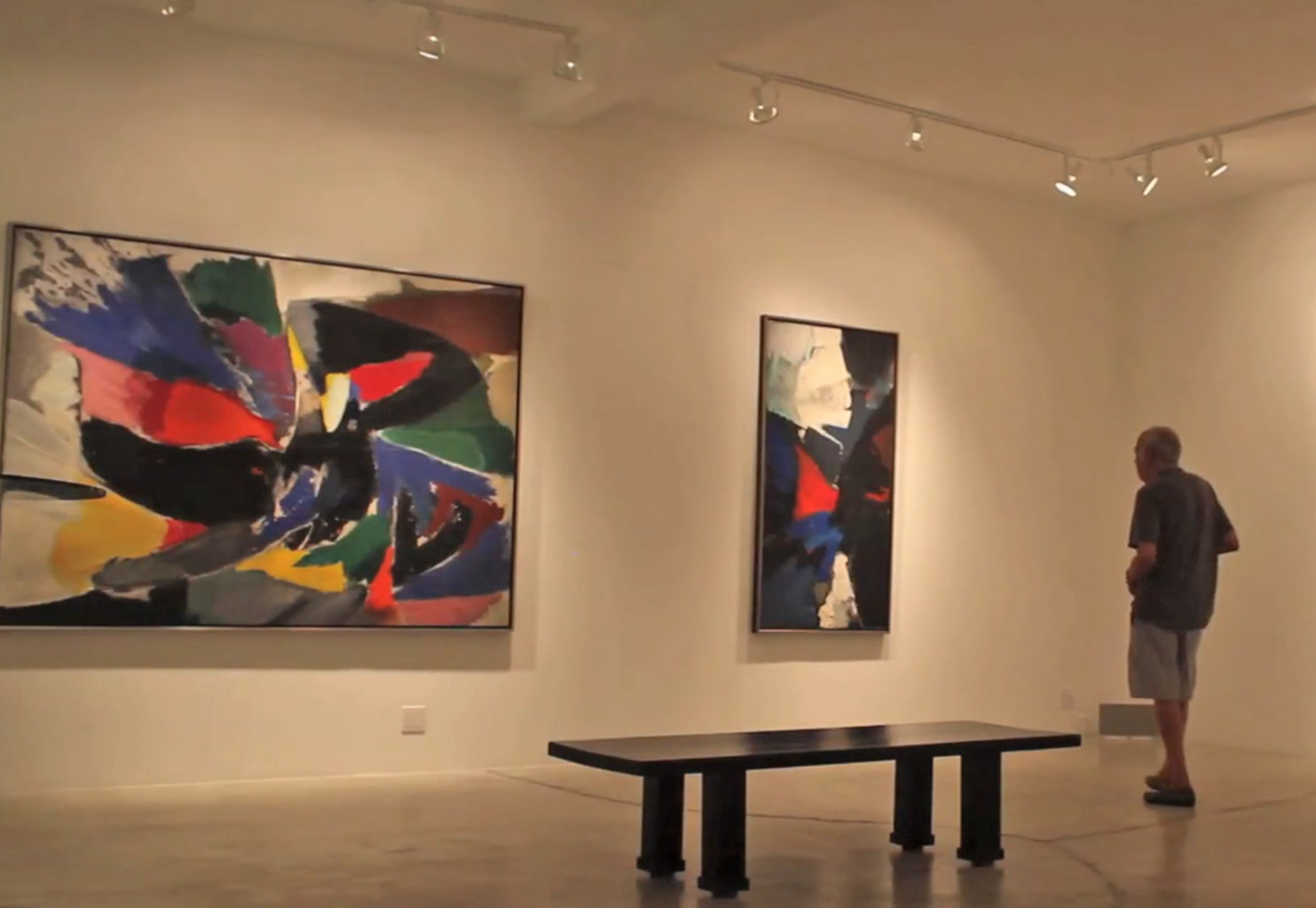Ed Clark: Abstract painter whose brush was a broom
He made his mark later in life, his unusual approach resulting in an intense, original style

Your support helps us to tell the story
From reproductive rights to climate change to Big Tech, The Independent is on the ground when the story is developing. Whether it's investigating the financials of Elon Musk's pro-Trump PAC or producing our latest documentary, 'The A Word', which shines a light on the American women fighting for reproductive rights, we know how important it is to parse out the facts from the messaging.
At such a critical moment in US history, we need reporters on the ground. Your donation allows us to keep sending journalists to speak to both sides of the story.
The Independent is trusted by Americans across the entire political spectrum. And unlike many other quality news outlets, we choose not to lock Americans out of our reporting and analysis with paywalls. We believe quality journalism should be available to everyone, paid for by those who can afford it.
Your support makes all the difference.Ed Clark was a noted American abstract painter who achieved his distinctive effect by using a janitor’s broom to sweep paint across the canvas in giant, motion-filled strokes.
Clark, who has died aged 93, achieved widespread recognition relatively late in his career, which began after the Second World War. As an African American, he was long excluded from many white-owned galleries. He forged his artistic identity during the post-war years in Paris, where black artists such as Beauford Delaney and writers including James Baldwin had sought escape from the rampant discrimination they found in the United States.
Clark was working in his studio in the Montparnasse neighbourhood of Paris, he recalled, when he decided that the painting on which he was labouring called for an unusually wide brush. He found one in the janitor’s closet. He would later dub his technique, in which he took a push broom to a canvas laid flat on the floor, “the big sweep”.
“That’s what the push broom gives you, speed,” he said. “Maybe it’s something psychological. It’s like cutting through everything. It’s also anger or something like it, to go through it in a big sweep.”
Clark’s paintings featured “all the colours of the spectrum”, he once said – from rich oranges, reds and purples to gentle pastels, sometimes in juxtaposition with one another. For some viewers, the sweeping lines formed by the bristles of his broom evoked the colourful strata of a sunset; for others they looked like waves.
Many of his works featured ovals and shaped canvases, a practice that he was credited with helping to pioneer. He described his work as having a life of its own and said he sometimes let galleries decide “which way is up” when they displayed a painting of his.
By the end of his life, his work was exhibited in institutions including the Museum of Modern Art in New York City, the Art Institute of Chicago and the Smithsonian Institution’s National Museum of African American History and Culture in Washington.
Edward Clark Jr was born in 1926, in New Orleans and grew up largely in Chicago. He said his paternal grandmother, who was black, was 14 when she had his father, and that the baby’s father was a white sheriff. Clark’s father could “pass” as white, the artist said, but never wished to do so. He worked a variety of jobs, including construction work, and was fired from one of them when his employer discovered his race.
Clark described his mother as a devout Catholic, and he attended Catholic schools before leaving high school to enlist in the army air forces during the Second World War. After serving in Guam, he began his formal art studies, first at the Art Institute of Chicago and later in Paris at the Academie de la Grande Chaumiere.

The artistic ferment in Paris proved enormously invigorating for Clark. “New York in that moment was not considered the capital of the art world – it was Paris,” he said. “They were all alive, man! Picasso, Braque, both of them. Everybody was there!” He was also deeply inspired by Nicolas de Stael, a French painter of Russian origin who was known for the thick paint that he applied in his abstract works.
In 1957 Clark settled in New York – although he would return to Paris throughout his life – and helped to form the Brata Gallery, a cooperative that showcased the works of a racially diverse group of artists. He travelled extensively for his artwork, including to the American southwest, the Caribbean, Brazil, the Mediterranean, Africa and China, seeking new landscapes and shades of light to inspire him.
During his formative years in Paris, Clark studied the Old Masters as well as modern art. But then as after, he was drawn inexorably to the abstract form. “It struck me that if I paint a person, no matter how I do it, it is a lie,” he once remarked. “The truth is in the physical brushstroke and the subject of the painting is the paint itself.”
Clark’s marriages to Muriel Nelson, Lola Owens, Hedy Durham and Liping An ended in divorce. He is survived by a daughter.
Ed Clark, artist, born 6 May 1926, died 18 October 2019
© Washington Post
Join our commenting forum
Join thought-provoking conversations, follow other Independent readers and see their replies
Comments